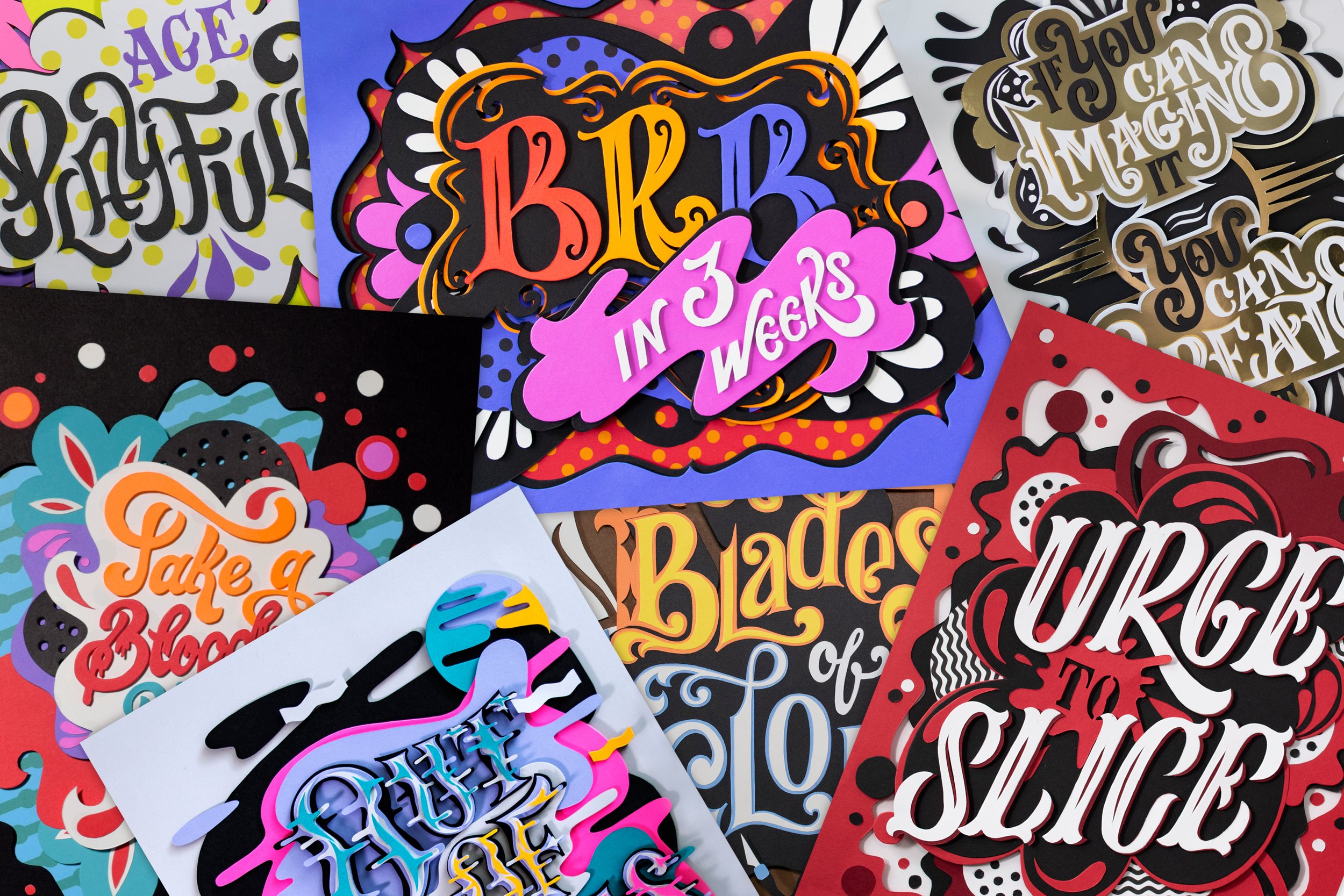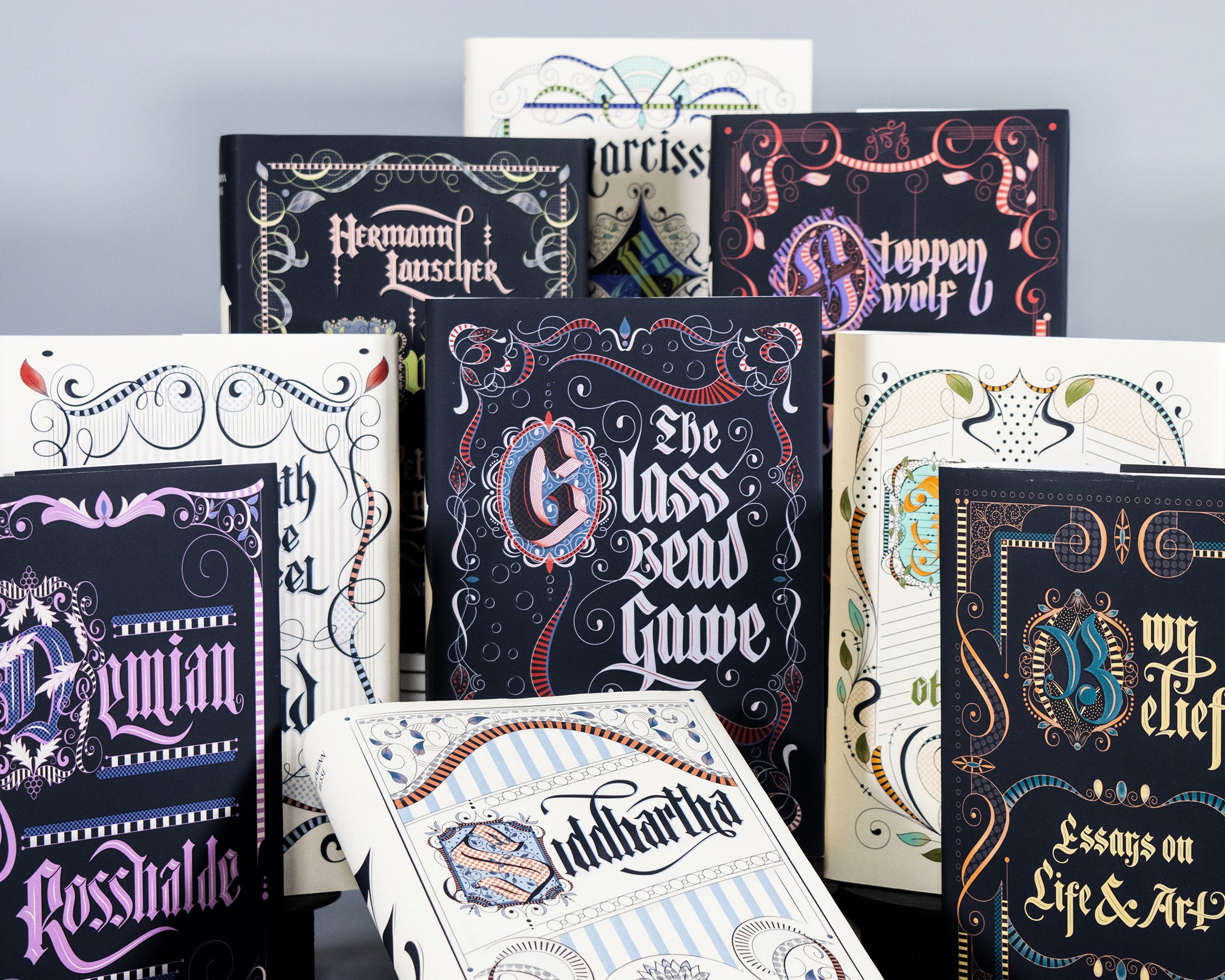How to come up with ideas for personal projects
Are you tired of faking, and ready to start making?
You all know the saying "fake it till you make it", which means to consciously cultivate an attitude, feeling, or perception of competence that you don't currently have by pretending you do until it becomes true (thank you Google).
Although in many cases this attitude helps, it’s also a source of anxiety when you need to pretend, especially if you’re trying to impress someone whose opinion you value. I’ve done this one too many times, and realized that there’s a better solution. So I change this saying to "Make it, till you make it". Instead of pretending you know how to do something, how about you learn how to do it before you start seeking opportunities? I know sometimes opportunities find us, but the right kind of opportunities usually come for something you’ve proven you can do.
So you need to make work, a lot of work, that will give you the attitude, and feeling of competence that you currently HAVE, so you don't need to pretend when the opportunity comes knocking on your door.
I am a firm believer in self-development and self-improvement through self-initiated projects. Creating personal work isn't just important. It is crucial to achieving goals, and landing those projects you dream about.
Be your own client!
Before I give you clear steps on how to generate personal project ideas, I want to share a story with you that may help you set the right mindset.
Very early on in my journey to become a Lettering Artist, I knew that the only way I can develop my skills was through making personal work. In my previous blog post, I wrote about how to find the time for personal projects. I also briefly shared my first personal project, ArtWord of the Week, which kicked off my lettering career. I set out to illustrate one word a week to practice regularly and become good at lettering. A few months into the project I took the Passion to Pay course by Lauren Hom, the Queen of Passion Projects. I needed some help to figure out how to get eyes on my project since at the time I had 100+ followers on Instagram. Lauren thought my project was really clever, original and well-executed. Based on her personal experience, she firmly believed that blogs will pick it up and the project will get some attention. Hearing this from someone I greatly admire, meant everything to me, and it gave me a boost to continue working on the project. I dedicated 2 years of my life to this project and submitted it to many blogs in the hope of getting features. And guess what happened? NOTHING. No features, no viral posts, no overnight success. I did everything I was supposed to do to promote my project, but it just wasn’t in the cards for me. And after two years I decided to end the project, with a feeling that the project failed. OR so I thought it failed at the time. For a moment there, I lost sight of the project’s goal, and I got overzealous about “getting famous” or “going viral” like Lauren with her Daily Dishonesty. Let’s be honest, what percentage of projects achieves that level of success? It is really hard to tell what makes certain projects more successful than others. But, looking back, my project was far from a failure. It helped me achieve exactly what I wanted to achieve at the beginning of the project; to practice lettering on a regular basis, and to become good at it. In the course of 2 years working on it, I developed my Illustrator skills to a high level that I can vectorize very complex lettering illustrations in a very short period of time. I explored so many different lettering and illustration styles and learned so much about lettering. I developed a creative process I use to date. AND! I developed a work etiquette.
The reason I shared this story with you is that I want you to understand what a successful personal project actually is. It’s a project that accomplishes its goal.
How to come up with ideas for personal work that will open the right doors?
Sometimes ideas happen organically, and sometimes they are a fruit of labour. Without knowing how to come up with the right ideas for your personal projects, you may find yourself staring at a blank paper, feeling frustrated, demotivated, and blocked. You may find it challenging to find the time because it is taking up so much to just come up with the idea, that you don't have the time to execute it. Or you may have way too many ideas, that you get overwhelmed and paralyzed by them. You don’t know where to start, or which one to do first. You will end up with a list of projects that never got made, and you will feel bad, thinking that you are not diligent enough to do what needs to be done to achieve your goals.
Here are the 8 easy-to-follow steps that will help you hone in on your next idea for a personal project.
STEP ONE: Define a goal of your personal project
Without knowing what you want to accomplish with your personal project, it will be very hard for you to hone in on the idea for it. Start by answering this question: What is my goal? Once you know your goal, you can start brainstorming ideas for your project.
STEP TWO: Identify the type of project based on its goal
The goal of your project will dictate the type of project you should do. Based on my experience, I think you can divide personal projects into these 4 categories:
Educational projects (mastering or learning a skill)
Professional projects (creating case studies for a portfolio to land clients)
Therapy projects (or “feel good” projects that are just for fun and relaxation)
Social projects (spreading messages about certain social or political issues)
Your goal should fit into at least one of these categories. Some projects may correspond to more than just one of these categories, and that is fine. In fact, that is the case most of the time.
STEP THREE: Brainstorm ideas
This phase is usually the hardest, and it can take a few days or even months. Don't rush it, and don't push it. During this phase, it is very important to keep your goal in mind. Start with the most obvious and least original ideas to get the inspiration going, and then start thinking outside the box. See if you can spice it up with some other interest you may have, to give your projects your unique spin on it.
Here’s an example of a personal project I did a few years back called Totally Nuts Paper Cuts, where I merged two passions, lettering and paper cutting. The goal was to learn paper cutting (educational project) and to get out of the creative rut (therapy project). The project idea was original only because I was using an unconventional medium for lettering.
STEP FOUR: Do the research
There are two types of research I suggest.
Validation of your idea (has it been done before)
Implementation of your idea (is it doable, realistic, and do you have the resources)
If the research shows that you have a valid, not done-before idea, and you have the resources and abilities to execute it, you are ready to start.
But if the research shows that your idea can’t be validated, and/or implemented, there are still a few things you can consider before abandoning the idea.
If it was done before, consider if you can take a different approach to the same idea
If your idea can’t be implemented because it’s too ambitious for your current abilities or resources, see if you can scale it down to make it work
I will give you an example of a book cover project I did, which had the goal to get my foot into the publishing industry. I came up with the idea to redesign a collection of 9 books by Hermann Hesse. I validated my idea, and I gave myself a brief that the art direction should be inspired by illuminated manuscripts. But there was one problem, I’ve never done blackletter letterforms before. So I needed to gather resources like practicing sheets, watch tutorials, and familiarize myself with the calligraphy principles of drawing blackletter letterforms before I can start the project. Since it’s a personal project I gave myself ample time to learn the principals of blackletter calligraphy (educational project), and design 9 dust jackets for the full collection for my portfolio (professional project).
STEP FIVE: Work on your mindset
Before you start working on your project, be aware that there will be ups and downs during the process. In the beginning, you will be excited, pumped, and inspired. But at some point, you will begin to feel less enthusiastic, tired, and struggling to find the motivation to keep going. It’s all part of the process. So you will need to keep reminding yourself constantly why you started the project in the first place. You will need to be your own cheerleader. So prepare yourself for a bumpy ride, and keep in mind just one feeling, the feeling when you finish it. That one will be full of pride and joy, trust me.
STEP SIX: Write a brief
Giving yourself specific guidelines is very important. Having an open brief can be a nightmare. Creative freedom is a myth. Creativity needs restrictions to strive. Here are some parameters of a creative brief you’ll need to set for yourself:
Project Name
Frequency
Duration/deadline
Objective
Requirements
Deliverables
Target audience
Art direction
You will need to be as specific as possible with your brief, especially the art direction. Give yourself restrictions, like a specific colour palette, specific medium, specific subject, specific type of lettering or illustration etc. The more specific it is, the easier it will be for you.
STEP SEVEN: Get to work
Now is the time to make it official by putting it on your calendar, and publishing it online. You don’t have to make it public, but that public commitment will keep you accountable, so I strongly suggest it. The only time I suggest against making your project public is if it’s too personal, or if you find the pressure of doing it under the microscope of the public eye counterproductive. In that case, keep your project private, but have a member of your family or a friend keep you accountable. You will need some kind of accountability when those low moments hit.
STEP 8: Reward yourself
We always forget to do this, but it’s so important acknowledge your efforts. Celebrate the start of your project, and every milestone along the way. And most importantly, have the biggest reward for yourself at the end of the project. That reward will help you remember how good it felt next time when you get stuck with another project, personal or professional.
By following these steps, you will start making personal work on a regular basis, and achieve your professional goals.




